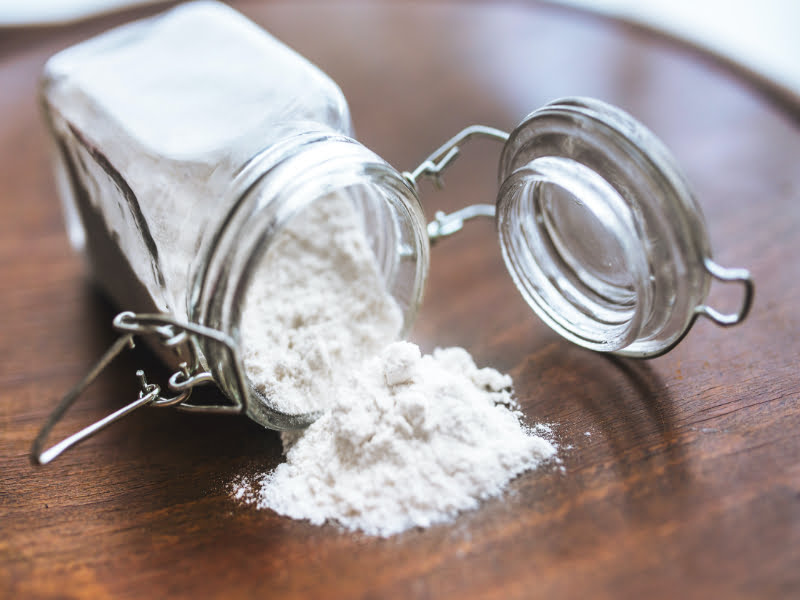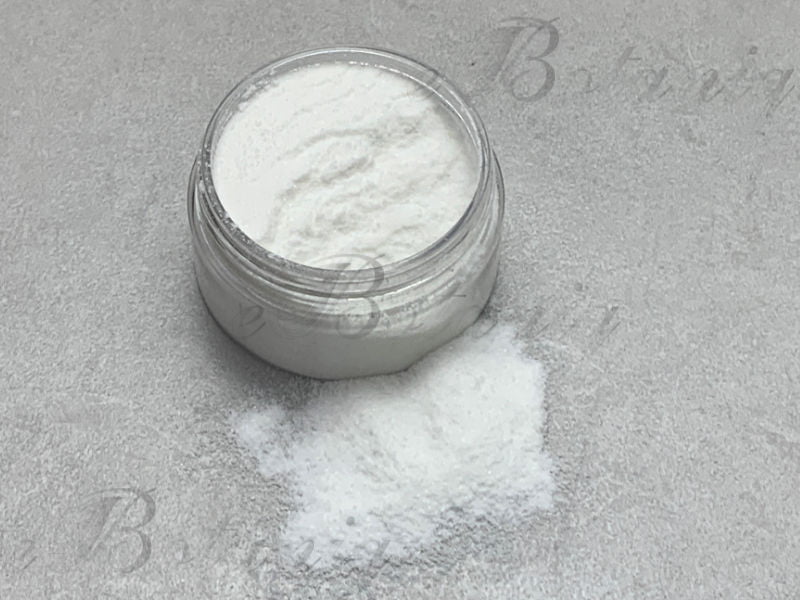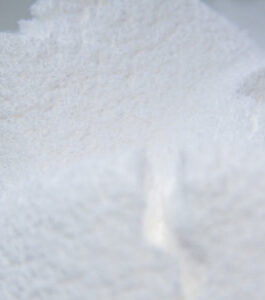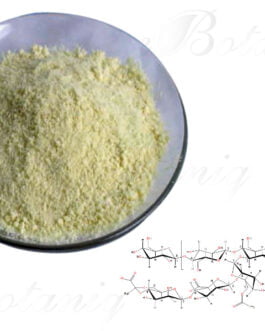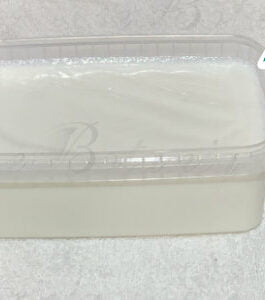Ascorbic Acid – Vitamin C
Description
Vitamin C or Ascorbic Acid
Interest in vitamin C as a cosmetic ingredient is mainly a result of its ability to quench UV- induced free radicals and to regenerate vitamin E, another potent antioxidant. It is the most abundant naturally occurring antioxidant in our skin. Ascorbic Acid is found regularly in anti-aging products as its antioxidant properties, it can protect cells from damage caused by free radicals and unifies the complexion.
There are three forms commonly used in cosmetics:
- ascorbyl palmitate,
- magnesium ascorbyl phosphate, and
- L-ascorbic acid.
L-ascorbic acid is the most active form of vitamin C and has numerous benefits for the skin. L-ascorbic acid is water soluble and must be formulated at low pH to stay active.
Use: Add to water phase of formula, usual final concentration 0.2-5 %.
Tip: sprinkle vitamin C powder slowly to the water under constant stirring to assure that everything dissolves completely. Should be formulated at pH 4-5 for best results. For external use only.
Ascorbyl palmitate, is the fat- soluble synthetic ester of vitamin C, is stable in cosmetic formulas at neutral pH.
Applications: Lotions, creams, sun care & after sun products, shampoos, makeup products (e.g. lipsticks).In clinical studies vitamin C has been found to act as an antioxidant and anti-inflammatory agent. When applied after UV burning, vitamin C reduces redness 50% sooner than untreated areas. Psoriasis and eczema have also shown clinical improvement with vitamin C. In addition, vitamin C has been found to stimulate collagen synthesis and to reduce dark pigmentation of the skin (e.g. age spots). Thus, vitamin C is also considered an anti-aging ingredient and often used in face serums.
Functionality Categories
- Antioxidants
- Fragrance Ingredients
- Skin Conditioning Agents ~ Miscellaneous
- pH Adjusters / Buffering Agent
Additional information
| Weight | N/A |
|---|---|
| Dimensions | N/A |
| Weight | 0.05 kg (50g), 0.25kg (250 g), 0.5 kg, 1 kg |

